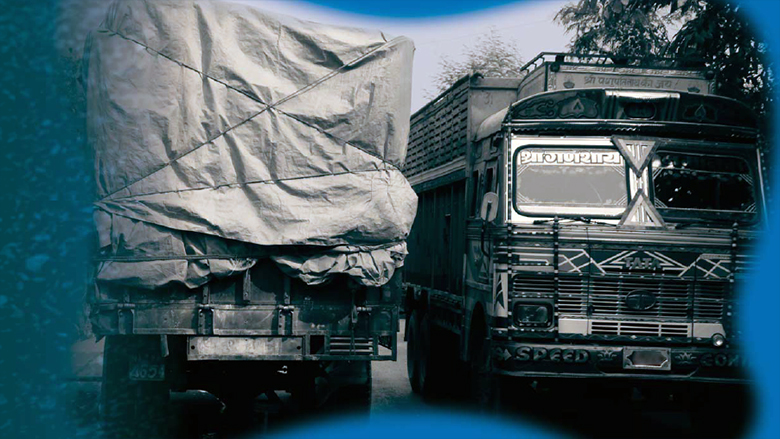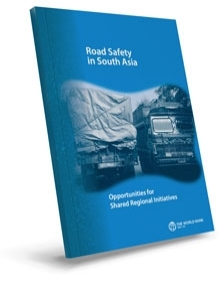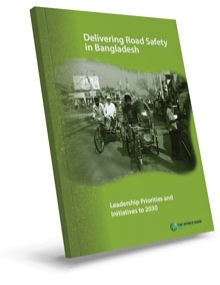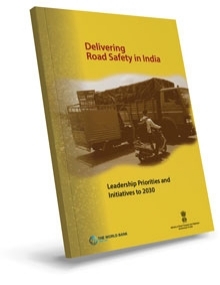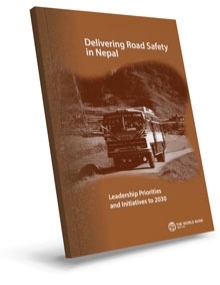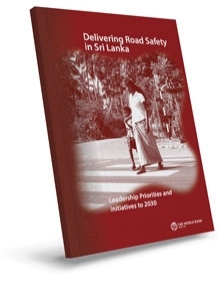Road Safety in South AsiaDownload Report | Press Release
Road safety risks in the South Asia region reflect its distinctive characteristics concerning the rate of motorization and composition of its vehicle fleet. Regional road safety investment has not kept pace with the dynamic forces of development. South Asia’s economy is growing faster than any other region of the world. The regional rate of vehicle ownership has doubled over the past decade and remains on an upward trajectory. In the absence of drastic measures, regional road safety performance is likely to get worse, unless country and regional measures are taken to redress investment and policy deficits. The findings in this report provide a strategic rationale for determining and addressing regional trade corridor safety priorities and the specification of shared regional initiatives designed to address them.
Delivering Road Safety in BangladeshDownload Report | Press Release
This report points to the high death rate on Bangladesh’s roads caused by chronic lack of investment in systemic, targeted, and sustained road safety programs and identifies relevant investment priorities to reverse the trend.
Delivering Road Safety in IndiaDownload Report | Press Release
The report points to the high death rate on India’s roads caused by chronic lack of investment in systemic, targeted, and sustained road safety programs and identifies relevant investment priorities to reverse the trend. India has one of the highest rates of road crashes in the world. The national highways alone claim one life a year for every two kilometers. This is ten times higher than the developed country threshold. Road crashes also impact economic growth, costing the economy between 3 to 5 percent of GDP a year.
Delivering Road Safety in NepalDownload Report | Press Release
with a fatality rate of 8.59 per 100,000 population in fiscal year 2017-2018 as per official reports. The report emphasizes the need to focus on regional trade corridors where crashes are significant, and roads are unsafe. All categories of road users and vehicle types – animals, pedestrians, bicycles, rickshaws, motorcycles, motorized three-wheelers, cars, minibuses, buses, mini trucks, trucks, and agricultural vehicles – are represented in these corridors with narrow lanes, limited or no shoulders, and inadequate pedestrian facilities.
Delivering Road Safety in Sri LankaDownload Report
High road crash fatality and injury rates on Sri Lanka’s roads are undermining the economic growth and progress made over the past decade on reducing poverty and boosting prosperity. Improving road safety in Sri Lanka is vital to national health, well-being, and economic growth.

